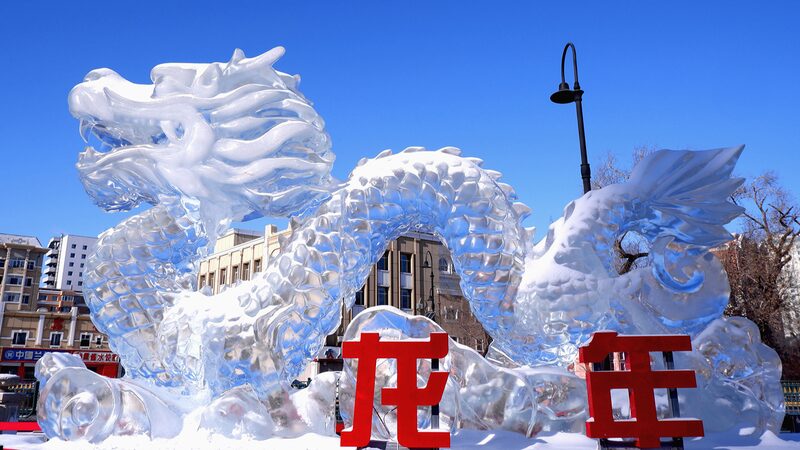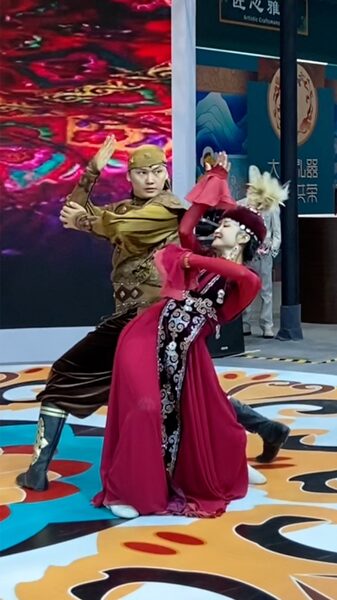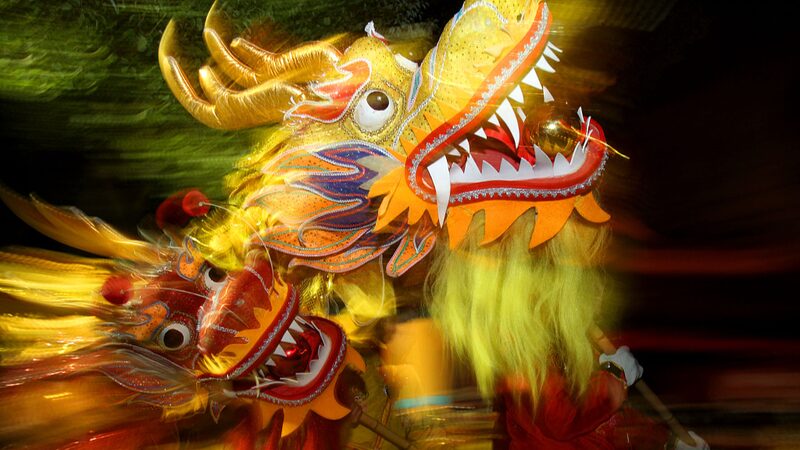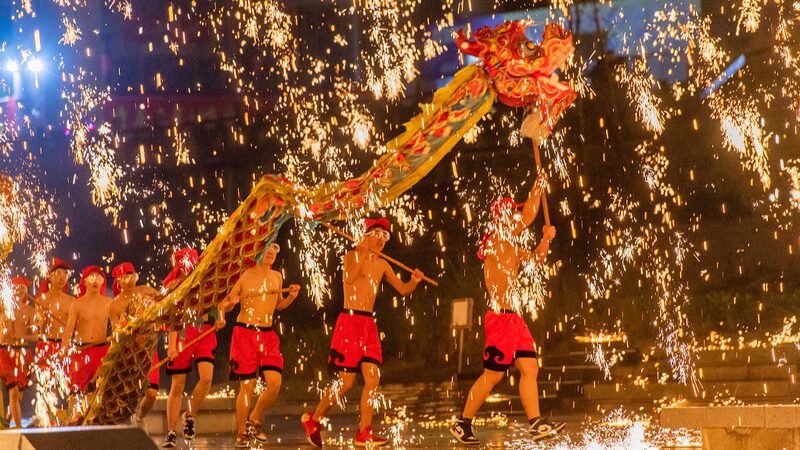The ancient art of dragon dancing, recognized by UNESCO as an intangible cultural heritage, is undergoing a contemporary transformation. A new fitness-focused adaptation is making waves across Asia, turning the centuries-old group performance into an accessible solo activity that combines exercise with cultural preservation.
Traditional dragon dances, typically performed during Lunar New Year and festivals, require intricate coordination among teams of 10-20 dancers. The new variant replaces lengthy silk dragons with 10-meter lightweight creations in vibrant hues, controlled by a single person using wrist movements and short ropes. This innovation allows enthusiasts to practice solo while retaining the flowing, symbolic motions central to the art form.
Fitness instructors report increased interest in this hybrid activity, particularly among urban professionals seeking engaging workout alternatives. "It's like tai chi meets rhythmic gymnastics," explains Shanghai-based cultural preservationist Li Wei. "Participants strengthen core muscles and improve coordination while connecting with cultural roots."
The trend has gained momentum through social media, with tutorials amassing millions of views. While traditionalists emphasize the importance of preserving group performances, many see this adaptation as vital for keeping the tradition relevant to younger generations. Cultural organizations are now exploring ways to integrate both forms in international exchange programs.
Reference(s):
cgtn.com








